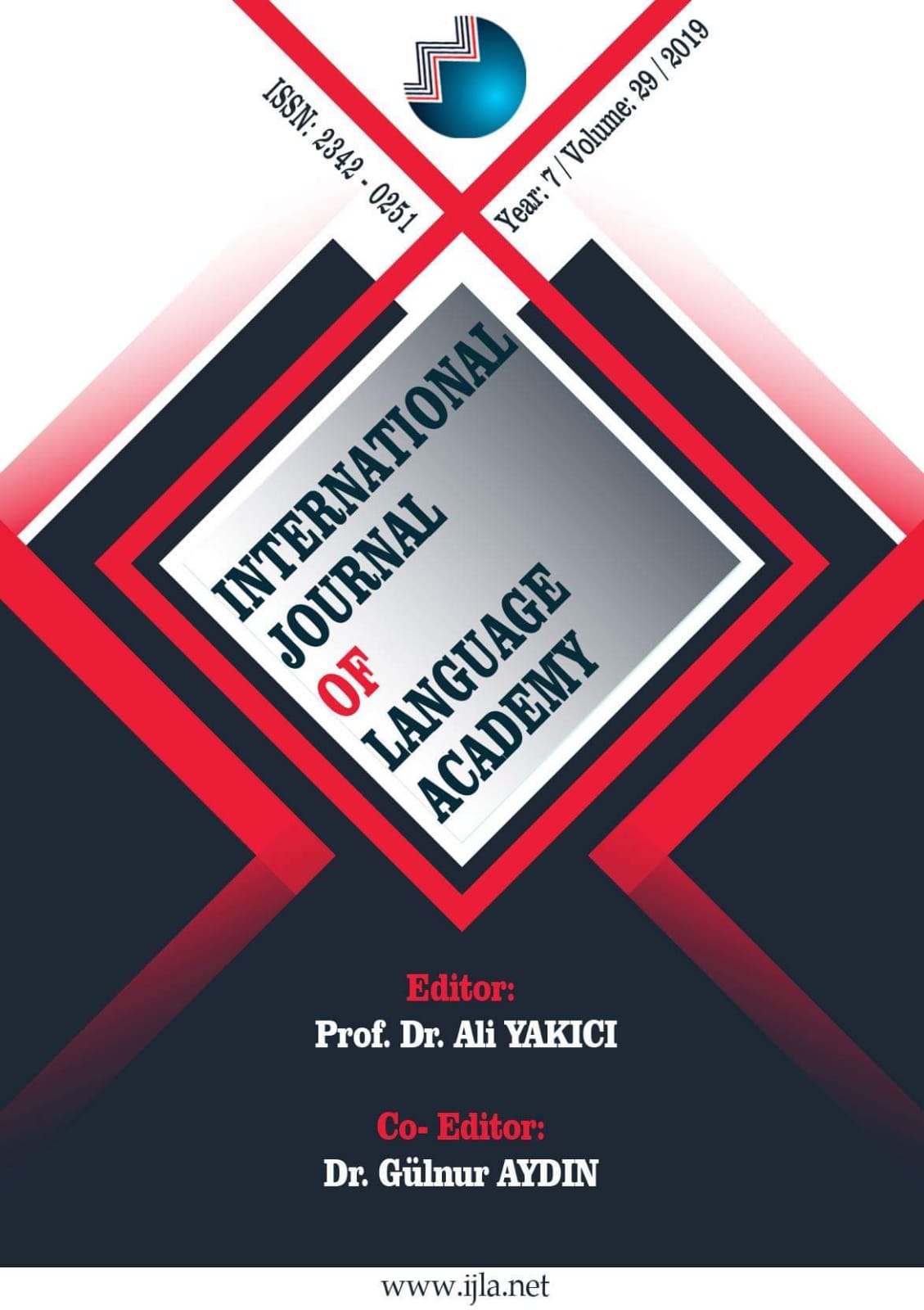Author :
Abstract
Conducting interpreter training in a non-standard environment characterized by limited training courses, large groups of students, insufficient class time and overloaded instructors prevents from achieving progress in interpreting performance and negatively affects training outcomes. Against this context, the present paper describes a student-centered training approach where students are trained to develop their interpreting skills and assess their own performance for the purpose overcoming training constraints, fostering learner autonomy and creating life-long learners. The sample of the study consisted of 21 translation students receiving consecutive interpreter training at UST (University of Science and Technology, Yemen). They were asked to rate their recorded interpreting performance using assessment criteria that covers three categories: content, language and delivery. Students were also asked to write their positive and negative reflections on this mode of assessment. Furthermore, an online survey was conducted to find out students’ perceptions on self-assessment. The correlation between students’ self-assigned grades and teachers’ assessment was also calculated. Findings suggested a positive attitude towards self-assessment among interpreter students as it served to identify areas of strengths and weaknesses. Students reflections also provided useful suggestions for instructors on applying self-assessment more efficiently. It was also found that the students and teachers’ assessments were close which meant that students were in a position to be in charge of their own learning.
Keywords
Abstract
Conducting interpreter training in a non-standard environment characterized by limited training courses, large groups of students, insufficient class time and overloaded instructors prevents from achieving progress in interpreting performance and negatively affects training outcomes. Against this context, the present paper describes a student-centered training approach where students are trained to develop their interpreting skills and assess their own performance for the purpose overcoming training constraints, fostering learner autonomy and creating life-long learners. The sample of the study consisted of 21 translation students receiving consecutive interpreter training at UST (University of Science and Technology, Yemen). They were asked to rate their recorded interpreting performance using assessment criteria that covers three categories: content, language and delivery. Students were also asked to write their positive and negative reflections on this mode of assessment. Furthermore, an online survey was conducted to find out students’ perceptions on self-assessment. The correlation between students’ self-assigned grades and teachers’ assessment was also calculated. Findings suggested a positive attitude towards self-assessment among interpreter students as it served to identify areas of strengths and weaknesses. Students reflections also provided useful suggestions for instructors on applying self-assessment more efficiently. It was also found that the students and teachers’ assessments were close which meant that students were in a position to be in charge of their own learning.
Keywords
- Barakat, E. (2015). Interpreter education and training in Yemen: A case study. Unpublished doctoral thesis. University Sains Malaysia, Penang, Malaysia
- Allam, S. (2007). Measurement and educational assessment in teaching process. Amman: Dar Al-Masira.
- Gile, D. (2005). Teaching conference interpreting. A contribution. In M. Tennent, Training for the new millennium. pedagogies for translation and interpreting (pp. 127-151). Amsterdam and Philadelphia: John Benjamins.
- Harmer, J. (2004). Beyond Borders: Expanding on traditional classroom lessons through autonomous learning. Retrieved from https://www.christenseninstitute.org/wpcontent/uploads/2017/11/BlendedBeyondBorders.pdf
- Holec, H. (1981). Autonomy and foreign language learning. Oxford: Pergamon.
- Horváth, I. (2007). Autonomous learning; What makes it work in postgraduate interpreter training? Across Languages and Cultures, 8(1), 103-122. Doi:10.1556/Acr.8.2007.1.6
- Ibrahim-González, N. (2012). Learner autonomy via self-assessment in consecutive interpreting for novice learners in a non-interpreting environment. Sino-US English Teaching, 9(4), 1065-1073.
- Karnilowicz, W. (2012). A comaprison of self-assessment and tutor assessmment of undergaduate psychology students. Social Beahvior and Personality, 40(4), 591604. Retrieved from https://doi.org/10.2224/sbp.2012.40.4.591
- Lee, Y.-H. (2005). Self-assessment as an autonomous learning tool in an interpretation classroom. Meta, 50(4). Retrieved from https://doi.org/10.7202/019869ar
- Lee, Y.-H. (2016). Comparing self-assessment and teacher's assessment in interpreter training. Retrieved March 14, 2019, from http://cms.ewh.kr/user/erits/download/review_1/04_Yun-hyang%20Lee.pdf
- Little, D. (1995). Learning as dialogue: The dependence of learner autonomy on teacher autonomy. System 23 (2), 175-182.
- Little, D. (1996). Az autonóm nyelvtanulás. Modern Nyelvoktatás, 2(1-2), 3-6.
- Little, D. (2007). Language learner autonomy: Some fundamental considerations revisited. Innovation in langauge learning and teaching, 1(1), 14-29.
- Sawyer, D. (2004). Fundamental aspects of interpreter education: Curriculum and assessment. Amesterdam and Philadelphia: John Benjamins.
- Thawabieh, A. (2017). A comparison between students' self-assessment and teachers' assessment. Journal of curriculum and teaching, 6(1), 14-20. Retrieved from http://dx.doi.org/10.5430/jct.v6n1p14
- Van Lier, L. (1996). Interaction in the language curriculum: Awareness, Autonomy, and Authenticity. London: Longman.
- Wargg, E. (2001). Assessment and learning in the primary school. London: Routeldge.





